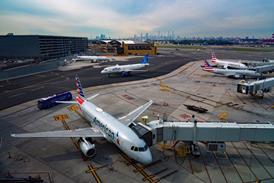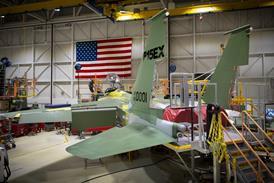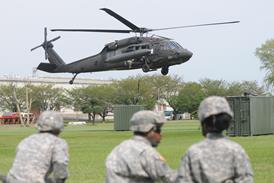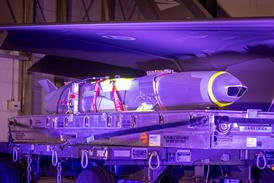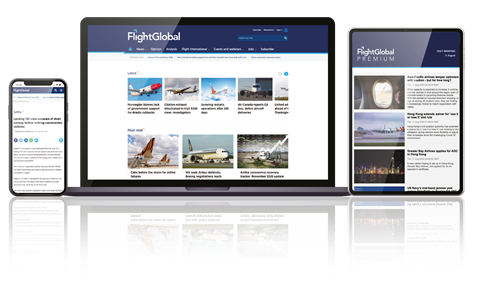Beijing determined to use metres rather than feet when it introduces reduced vertical separations in November
Chinese authorities are refusing to allow concerns over metric altitude measurements to derail introduction of reduced vertical separation minima to the country's airspace in November.
RVSM halves the separation of adjacent flight levels, normally to 1,000ft, to create additional cruising altitudes. But Chinese airspace uses metric, which defines flight levels using metres instead of feet. This has prompted debate over whether the mismatch poses a potential RVSM safety risk, particularly in transition regions.
China will switch to RVSM on 22 November in eight major flight information regions across the country, plus a sector of the Sanya flight information region (FIR).
But Chinese officials are standing firm on metric. In a presentation to the International Civil Aviation Organisation's RVSM implementation task force in Bangkok last week, the Chinese delegation said: "China determines to continue applying the metric system to flight levels when implementing RVSM. We just cannot purely use feet in China and do not want the feet-metres measurement issues to further delay the implementation."
The presentation admits the "greatest challenge" to implementation is converting between the two systems and developing a method to deal with rounding errors.
"It is important to define a flight-level system that is operationally acceptable and safe for both pilots and air traffic controllers and conduct a safety case study on implementing RVSM in the Chinese metric flight level environment," it says.
China is proposing that altitudes 8,900-12,500m (29,199-41,010ft) be designated as RVSM airspace with a vertical separation of 300m. But since 300m is equivalent to 984ft, which is less than the accepted RVSM separation of 1,000ft in Europe and other regions, the Chinese scheme will introduce a conversion algorithm to maintain a minimal 1,000ft spacing.
This would require each metric flight level to be converted into feet. Flight levels between 8,900m and 9,800m, once converted, would then be rounded down to the nearest 100ft. Flight levels between 11,900m and 12,500m would be rounded up. Eastward levels would probably start at 8,900m and alternate with westward levels every 300m.
Chinese authorities stress that pilots do not need to remember the conversion details. Crews flying within the airspace will refer to a conversion table and, when given a flight level assignment in metres, be expected to operate to the corresponding altitude in feet.
Non-RVSM compliant aircraft, notably types only equipped with metric avionics, will be given 600m vertical separation.
Radar simulation trials at Guangzhou area centre last November indicated that the RVSM altitude assignments could be implemented safely, say the Chinese, and will ensure safe transition of flight levels during the entry and exit of Chinese airspace. Russia and Mongolia are also considering RVSM implementation and the relevant authorities are co-ordinating efforts with China with a view to developing compatible altitude schemes.
Source: Flight International

